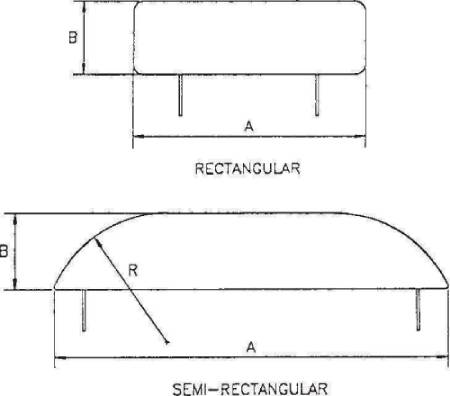Flat-jack testing is a versatile and powerful technique that provides significant information on the mechanical properties of Masonry constructions. The structural analysis of existing masonry structures requires information about the compressive stresses, the deformability properties and the loads applied to the masonry. This knowledge is necessary for the evaluation of the current condition of structures and can be also useful for stress control during repair operations.
Flat-jack testing is direct and in-situ testing method that requires only the removal of a portion of mortar from the bed joints. It can be, therefore, considered nondestructive because the damage is temporary and is easily repaired after testing.
A flat jack is a thin envelope-like bladder with inlet and outlet ports which may be pressurized with hydraulic oil. Flat jacks may be of any shape in plan, and are designed to be compatible with the masonry being tested


The in-situ stress in the masonry can be calculated by using Double flat jack test method. Where in two slots are made in the masonry at a distance of not more than 1.5 time the size of flat jack (A) by using a cutter. The two flat jacks are then inserted in these slots and are pressurized by a hydraulic pump. The pressure is applied to a value of the actual design stress ( with appropriate factor safety – normally taken as 4.0) or to a value where the first crack is developed in the masonry between the two flat jacks; whichever is lower.
The stress in the masonry between the flat jacks at any point in the pressurization process is calculated as:
fm = Km * Ka * p
where –
Km = A dimensionless constant which reflects the geometrical and stiffness properties of the flat jack, as
determined by the calibration procedure,
Ka = The ratio of measured area of the flat jack to the average measured area of the slot, and
p = Flat jack pressure, MPa.
